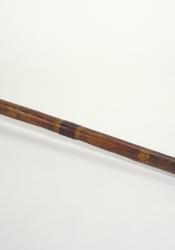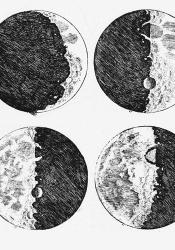Museo Galileo
This museam holds Galileo's telescope and exhibitions on the many observations he made with it. Many of these discoveries further explained many of da Vinci's observations reguarding the moon's surface.
Parent Map
Coordinates
Latitude: 43.767733700000
Longitude: 11.255903200000
Longitude: 11.255903200000


